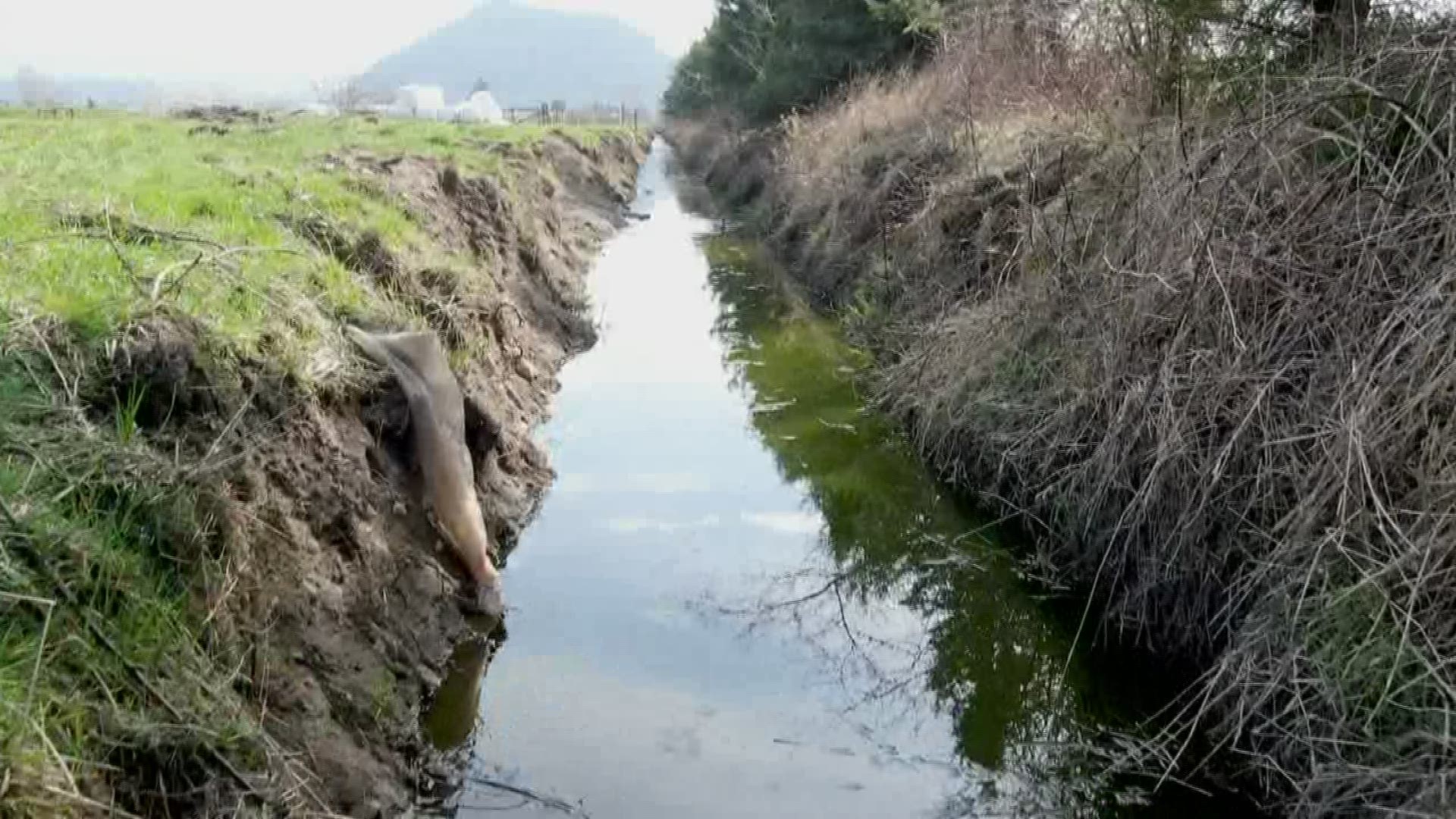

“The EPA would not allow any waste to come that doesn’t meet their standards, so I’m not going to screw the pooch either.”īecause of the EPA lab results, Barton said she remained confident that no hazardous material would ever enter the local landfill. “The EPA will test everything that comes out of the milling site, because they don’t want another Superfund site along the way,” Barton said. Any mercury tainted waste from the milling site must be less than 0.2 parts per million, and any lead or arsenic polluted material must be less than 5 parts per million, she said.

They have to prove that it is non-hazardous.”īarton said a certified EPA lab report stating the waste was not hazardous would have to be produced before receiving any non-hazardous waste from Red Arrow. “Does that mean they can bring the material to me willy-nilly? No. “We’ve been certified to meet EPA standards,” said Barton. Barton said state and federal laws prohibit the landfill from accepting anything but non-hazardous and non-liquid waste only. “The EPA is going to tear down everything at the mill, and they would like to keep any non-hazardous material as close as possible,” she said.Īfter an environmental investigation by state authorities, the EPA issued a temporary 60-day permit for the landfill on Feb. “If this will reduce the cost to taxpayers, isn’t that my responsibility as a citizen?” “Why pay an extra 50, 60 or 70 miles of transportation when we’re basically 20 miles from Mancos?” she asked. Acting as a concerned citizen, Barton said she sought the clarification in order to help lower waste disposal transportation costs associated with the cleanup effort. Environmental Protection Agency about accepting any non-hazardous waste from the federal Superfund site. Landfill manager Deb Barton recently requested clarification from the U.S. The Montezuma County landfill has taken a proactive measure to help save taxpayers any unnecessary expense when disposing of nonhazardous waste from the Red Arrow mill in Mancos.

Red Arrow Mill site Mancos via The Durango Herald The county and cities should “pay their fair share of the cost of conveying and managing the regulated urban storm waters they produce.” In no small part, the invoices are intended to get the attention of the local governments and bring them to the bargaining table, Harris said. The Grand Junction City Council is to discuss the district at a future meeting, the city said. “Their approach doesn’t make any sense,” Kinney said, noting in a memo to the City Council that, “The district must be crazy.”īy the same logic, Kinney noted in the memo, Fruita could charge the district for the use of those same impervious surfaces, such as roads. “It’s not in the budget,” Mesa County Commission Chairman John Justman said.įruita City Manager Clint Kinney said Fruita disagrees with the assessment. So, the district will send invoices next month to Mesa County, $13,250.40 Grand Junction, $11,910.80 Fruita, $4,277.60 and Palisade, $354.29. The district collects a mill levy of 1.245, but government entities don’t pay property taxes. “People who tell us not to worry about water quality are just not paying attention,” Harris said. The pressure to treat regulated waters differently than agricultural runoff is growing, Harris said. What are now called “regulated,” as opposed to agricultural, waters flow into the district’s system, which covers lands from Palisade to Loma north of the Colorado River. Waters such as those that flow off the impervious surfaces of government facilities fit into a category different from that of the agricultural runoff the district was designed to collect nearly a century ago. District Chairman Mark Harris said it’s clear that the district is short of the revenue needed to deal with day-to-day activities and insulate itself from liability for the kinds of waters that end up in the ditches and pipelines the district operates. The district has taken several steps to reduce financial woes that officials detailed to Mesa County and municipal officials last year. District officials say they’re concerned that they face liability for the water that runs off streets, government buildings and parking lots and other impervious surfaces that collect in the drainage system they operate. The Grand Valley Drainage District will send out the first of regular monthly invoices to Mesa County and the three Grand Valley municipalities for its services in collecting water off untaxed government facilities. From The Grand Junction Daily Sentinel (Gary Harmon):


 0 kommentar(er)
0 kommentar(er)
